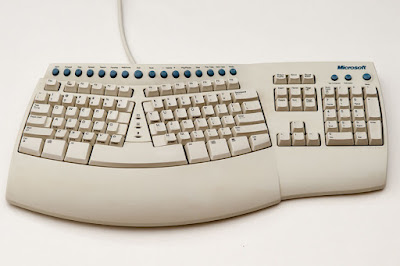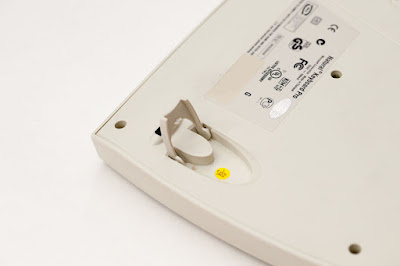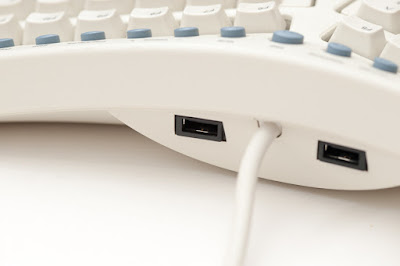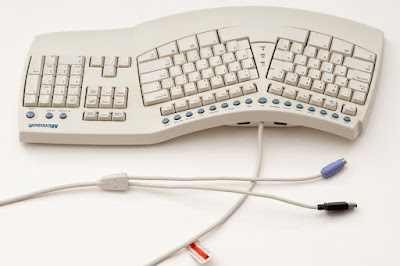 |
| image from Clipart Panda |
Filing a support ticket is pretty straight forward. I just go to the website, create an account
and then a support ticket by providing the information requested. The company obviously asked about the issue
and when I filed for repair, they wanted to make sure that I bought the
keyboard within the warranty period.
Fair enough. Since I got this
particular keyboard from newegg.com, I just went there and grabbed the
invoice. Within hours after posting the
ticket, a support staff send back a shipping label and RMA form so that I can
ship the keyboard to its repair depot.
Perhaps not too surprisingly, I am guessing that the repair service is
rendered by a 3rd party. It
doesn’t matter to be honest because as long as the repair is done correctly,
then it’s really a non-issue.
After a week or so, a notice notified me that the repaired
keyboard is on its way. I quickly tested
the returned keyboard after repair. No,
the service center repaired the board rather than sending me a refurbished
one. This is more or less a traditional
repair job rather just send me another used board that was repaired previously. So, I got my old one back and I am quite
pleased with the process thus far. The
only thing they don’t do is cross ship.
However, it is reasonable that it’s by special request or customers that
are of great importance. i.e., must keep
the corporate account or something like that.
I understand that some will not like the idea of sending in a keyboard for
repair, if that is the only keyboard around.
I happen to have many boards around so the work continues. In any case, perhaps the service desk would
be willing to do a cross ship if someone explains the situation.
Overall, it was an interesting experience, but not something I would like to do every day. However, this is another example that one should purchase things from reputable source and having a good company willing to back their products. So, I am glad to see that they have fulfilled their end of the bargain rather than cut bait and ran.













